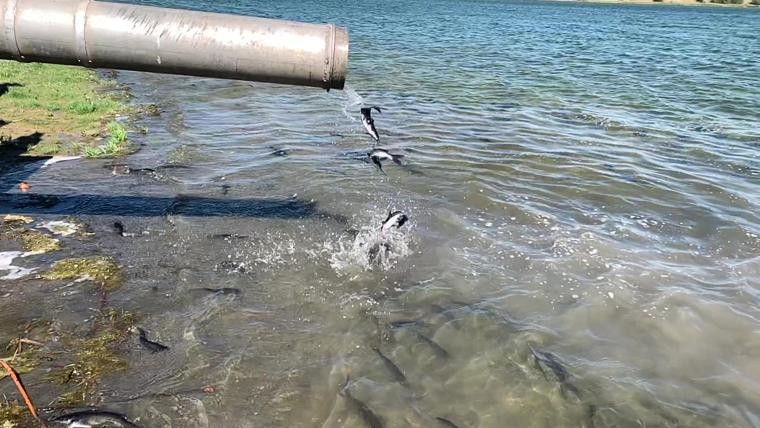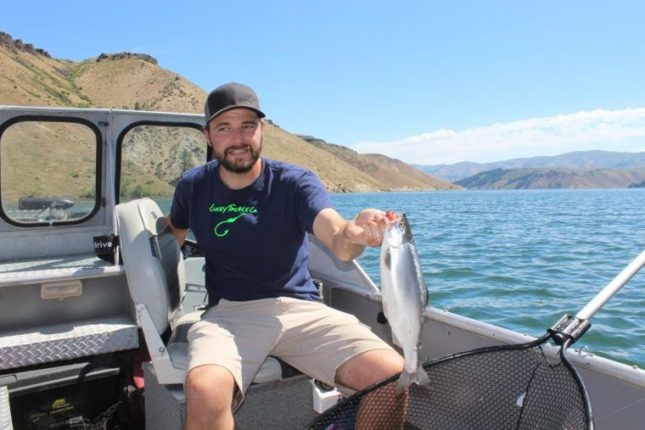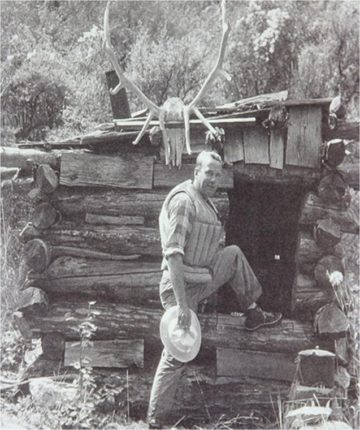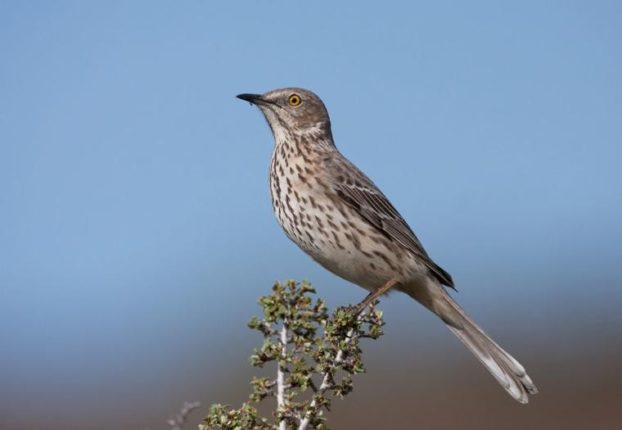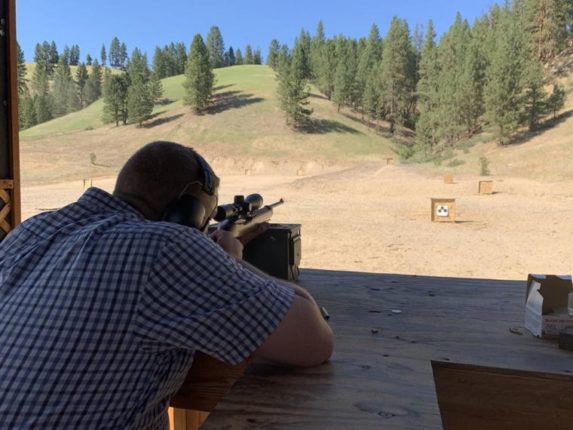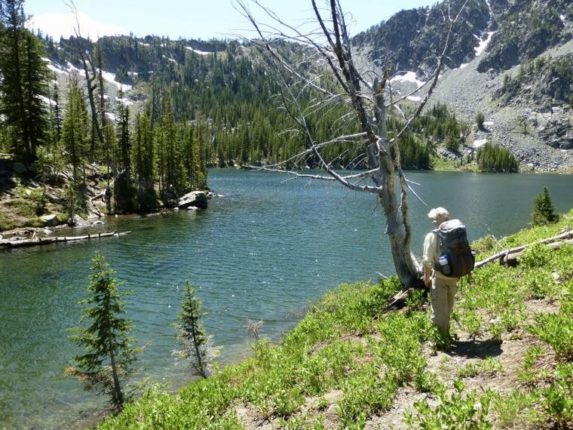Visiting a supervised shooting range for the first time can seem daunting, but it doesn’t have to be. Shooting ranges are designed for safe firearms practice for shooters of all abilities, and they can be a great place for beginners to learn more about responsible, safe shooting.
Most of the anxiety that first-time range-goers feel stems from uncertainty. There is also the added pressure of shooting in front of more experienced firearms handlers, which can make an inexperienced shooter feel intimidated.
By learning more about how public shooting ranges work, you can put a lot of that anxiety to rest. If you are a responsible and safe firearm handler, have good range etiquette and follow the range rules, more experienced shooters shouldn’t intimidate you. In fact, many veteran shooters will be happy to offer help or advice if you ask them for it.
While every shooting range is a little different, this general guide provides the basics, and will hopefully make you more confident during your first trip to a public shooting range and make it safe and enjoyable.
BEFORE YOU GO
Know the shooting safety fundamentals
Before heading out to a public shooting range, you absolutely need to know the basics of gun safety. If you’ve taken a Hunter Education course in Idaho, which covers firearm safety extensively, you should already have a good handle on this, but it doesn’t hurt to review the “Ten Commandments of Firearm Safety” again:
- Watch that muzzle! Keep it pointed in a safe direction. At the shooting range, that’s toward the sky or downrange.
- Treat every firearm with the respect due a loaded gun.
- Be sure of the target and what is in front of it and beyond it.
- Keep your finger outside the trigger guard until ready to shoot.
- Safely check your barrel and ammunition for obstructions.
- Unload firearms when not in use.
- Point a firearm only at something you intend to shoot.
- Don’t run, jump or climb with a loaded firearm.
- Store firearms and ammunition separately and safely.
- Avoid alcoholic beverages before and during shooting.
Learn the language
At supervised public ranges, the person responsible for ensuring that firearm safety rules are followed is known as the “range master.” Following their rules and directions keeps everyone safe, so it’s important to know some of the common commands they will give and phrases they might use:
- Commence firing: Firing may begin as soon as the shooter is ready.
- Ceasefire: This command means to stop shooting immediately, unload your weapon, remove the magazine and leave the chamber open, set it on the shooting bench, and step back from the firing line. There should be no handling of firearms during a ceasefire.
- Firing line: A line parallel to the targets, from behind which firearms are discharged.
- The range is open (or hot): Shooting is taking place, and no one is allowed beyond the firing line.
- The range is closed (or cold): All shooters have ceased firing, have made safe and moved away from their firearms, and shooters can now move forward of the firing line to set up or check targets.
Research the range
Each range is a little bit different, and you need to know the specific rules, restrictions and procedures for the range where you plan to shoot. For many ranges, you can find the rules online prior to your visit. Make sure to find out if targets are provided, or are available for purchase at the range, otherwise, you’ll need to bring your own.
Ask an experienced shooter to tag along
Whether it’s a friend or a family member, ask someone who has experience shooting at public ranges to join you. Having someone you know show you the ropes will make you feel more comfortable.
Plan your trip
Make sure to check the range’s days and hours of operation, and plan your trip accordingly. Give yourself some extra time in case the range is busy. It’s possible that there won’t be a shooting bench available when you first arrive. Also check the range’s calendar and see if there’s a shooting competition or special events there, which can close or restrict portions of the range.
Dress appropriately
Hot brass and bare skin don’t mix. The shooting range is not the place to wear open-toed shoes, short shorts or a V-neck or low-cut shirt. Some ranges actually have dress codes, which you might be able to find online. If you can’t and you’re not sure, it’s best to call the range ahead of time. Think tight-collared shirts, pants (especially if you plan to shoot from the prone position) and a baseball cap for sunny summer days.
Ears and eyes
You can rent eye and ear protection at many gun ranges, but it’s not a bad idea to pick up your own set of glasses and earplugs or earmuffs before your first trip, and make sure they fit you well. Even if they’re wearing quality ear protection, new shooters are often surprised by how loud the range is, especially if it is busy — so mentally prepare yourself for the noise.
Pack a cooler
If you’re planning to spend a chunk of the day on the range, it’s not a bad idea to bring along a ice chest with some water or sports drinks to keep yourself hydrated. Most ranges don’t have drinking water available.
Case your firearms
You don’t have to spend a fortune on a fancy hard case, but when you pack your firearms in your vehicle for the trip out, make sure they’re unloaded and securely cased. Most ranges have rules against carrying uncased firearms into the facility.
WHEN YOU ARRIVE
Check in at the range office
If you’re visiting a supervised range, the first thing you’ll need to do is check in with the range officer. At this point, you should leave your cased guns in the car. Depending on where the range office is located, you might want to have your ear protection on if the range is hot.
You will likely have to review the safety rules for the range and sign a waiver stating that you understand their range safety policies. After signing in and paying any range fees required, you will be assigned a shooting range number and given a target, target stand, and firearm action indicator. Find your shooting lane, and set these items there before heading back to your vehicle.
Be open about being a new shooter
If it’s your first time at the range, let the staff there know, and they will help walk you through the process.
Move your firearms from your vehicle to your shooting lane
At this point, they should still be cased and unloaded. If the range is closed, leave your firearms cased and set them down away from your shooting bench. The only time you’re allowed to handle any firearms is when the range is open.
WHILE YOU’RE THERE
Follow the range rules and the directions of the range master
You should already know the range rules, and that the job of the range master is to keep everyone safe. Their word is the law on the shooting range. Make sure to listen carefully for any commands, and follow them immediately.
Feel free to ask for help or advice
While they’re not there to be your personal coach, the range master can help you and answer questions you might have. If you’re uncertain about anything, ask them. More experienced shooters are often happy to help out a newcomer, too, and can be a tremendous resource. But with that being said…
Be respectful of those shooting
Safe shooting takes concentration, and it’s critical that you don’t distract active shooters. Don’t strike up a conversation on the firing line. The best time for that is during a ceasefire, when the range is closed.
Have fun
As long as you’re being safe, responsible and following the range rules and the directions of the range master, you and everyone around you should enjoy the time spent on the range.
BEFORE YOU LEAVE
Clean up your lane
Pick up your spent brass and anything else you brought with you. Leave your shooting lane in better shape than it was in when you arrived.
Wash up
Wash your hands after you’re done shooting for the day to rinse off any lead residue.


